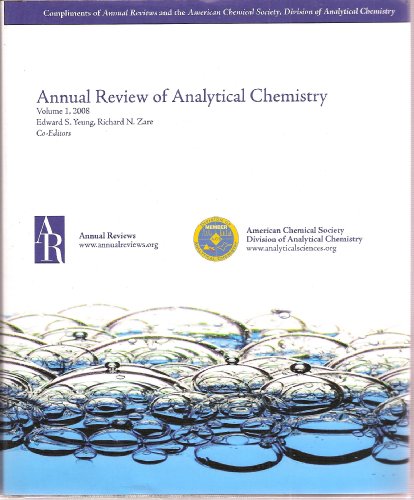机器学习驱动的 SERS 纳米内窥镜和光生理学
IF 7.5
2区 化学
Q1 CHEMISTRY, ANALYTICAL
Annual Review of Analytical Chemistry
Pub Date : 2024-05-03
DOI:10.1146/annurev-anchem-061622-012448
引用次数: 0
摘要
分析科学的一个前沿领域是在原位生物环境中对细胞、组织或器官内或附近的分子进行连续测量,这些分子水平的信息表明了宿主的健康状况、治疗效果和基本生化功能。人类基因组计划完成后,目前的研究旨在将基因与生物体的功能联系起来,并研究环境如何调节生物体的功能特性。目前已开发出新的分析方法,用于检测高空间和时间分辨率的化学变化,包括利用内窥镜(SERS 纳米内窥镜)或光学生理学(SERS 光学生理学)原理的微创表面增强拉曼散射(SERS)纳米纤维。鉴于这些实验产生了大量的光谱数据集,SERS 纳米内窥镜和光生理学受益于数据科学和机器学习的进步,可以从 SERS 测量的复杂振动光谱中提取化学信息。本综述强调了 SERS 纳米传感与机器学习相结合为细胞内、细胞外和体内化学测量带来的新机遇。本文章由计算机程序翻译,如有差异,请以英文原文为准。
Machine Learning–Driven SERS Nanoendoscopy and Optophysiology
A frontier of analytical sciences is centered on the continuous measurement of molecules in or near cells, tissues, or organs, within the biological context in situ, where the molecular-level information is indicative of health status, therapeutic efficacy, and fundamental biochemical function of the host. Following the completion of the Human Genome Project, current research aims to link genes to functions of an organism and investigate how the environment modulates functional properties of organisms. New analytical methods have been developed to detect chemical changes with high spatial and temporal resolution, including minimally invasive surface-enhanced Raman scattering (SERS) nanofibers using the principles of endoscopy (SERS nanoendoscopy) or optical physiology (SERS optophysiology). Given the large spectral data sets generated from these experiments, SERS nanoendoscopy and optophysiology benefit from advances in data science and machine learning to extract chemical information from complex vibrational spectra measured by SERS. This review highlights new opportunities for intracellular, extracellular, and in vivo chemical measurements arising from the combination of SERS nanosensing and machine learning.
求助全文
通过发布文献求助,成功后即可免费获取论文全文。
去求助
来源期刊

Annual Review of Analytical Chemistry
CHEMISTRY, ANALYTICAL-SPECTROSCOPY
CiteScore
14.80
自引率
1.20%
发文量
15
期刊介绍:
The Annual Review of Analytical Chemistry, launched in 2008, offers a comprehensive perspective on the field, drawing from diverse disciplines such as biology, physics, and engineering, with analytical chemistry as the central theme. The journal's current volume has transitioned from gated to open access through Annual Reviews' Subscribe to Open program, with all articles published under a CC BY license.
 求助内容:
求助内容: 应助结果提醒方式:
应助结果提醒方式:


